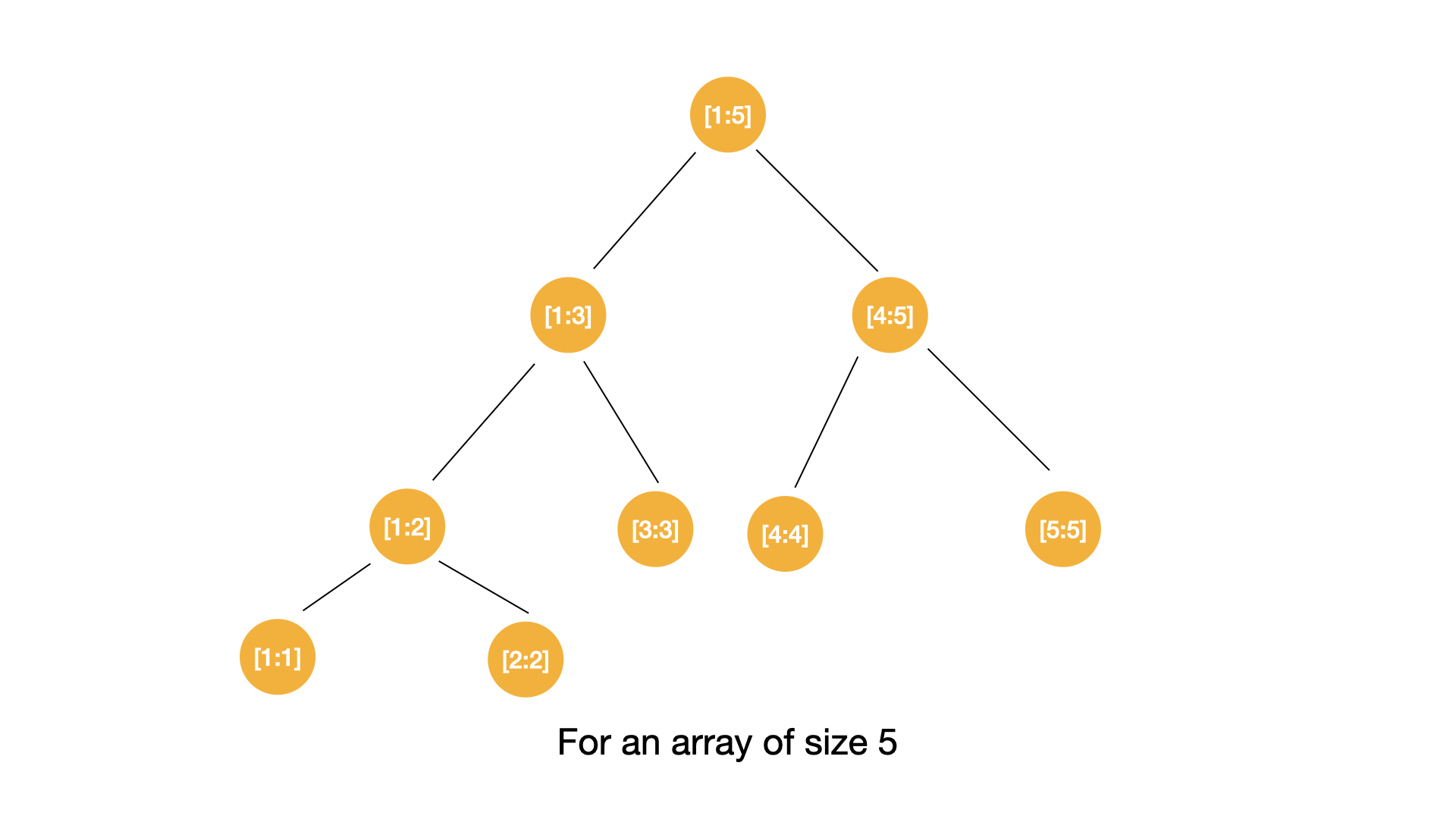About Me
Hello there! 👋
I'm Samarth Upadhya, a computer science student and software developer who is very passionate about learning new technologies and developing software that heavily impacts a diverse audience. I also enjoy conducting research on STEM-related topics and contributing to widely-used open-source projects on Github.
Besides software development, I indulge in competitive programming and astronomy in my free time. I like to solve difficult problems and explore the cosmos! Some of my favorite hobbies are: astrophotography, swimming, travelling, content creation, watching anime, and rubix cubes.

Skills
Programming Languages
&color=rgba(0%2C0%2C0%2C0))
&color=rgba(0%2C0%2C0%2C0))
&color=rgba(0%2C0%2C0%2C0))
&color=rgba(0%2C0%2C0%2C0))
&color=rgba(0%2C0%2C0%2C0))
&color=rgba(0%2C0%2C0%2C0))
&color=rgba(0%2C0%2C0%2C0))
&color=rgba(0%2C0%2C0%2C0))
Website Development
&color=rgba(0%2C0%2C0%2C0))
&color=rgba(0%2C0%2C0%2C0))
&color=rgba(0%2C0%2C0%2C0))
&color=rgba(0%2C0%2C0%2C0))
&color=rgba(0%2C0%2C0%2C0))
&color=rgba(0%2C0%2C0%2C0))
&color=rgba(0%2C0%2C0%2C0))
&color=rgba(0%2C0%2C0%2C0))
Libraries & Frameworks
&color=rgba(0%2C0%2C0%2C0))
&color=rgba(0%2C0%2C0%2C0))
&color=rgba(0%2C0%2C0%2C0))
&color=rgba(0%2C0%2C0%2C0))
Databases & Cloud
&color=rgba(0%2C0%2C0%2C0))
&color=rgba(0%2C0%2C0%2C0))
&color=rgba(0%2C0%2C0%2C0))
&color=rgba(0%2C0%2C0%2C0))
&color=rgba(0%2C0%2C0%2C0))
&color=rgba(0%2C0%2C0%2C0))
&color=rgba(0%2C0%2C0%2C0))
Tools
&color=rgba(0%2C0%2C0%2C0))
&color=rgba(0%2C0%2C0%2C0))
&color=rgba(0%2C0%2C0%2C0))
&color=rgba(0%2C0%2C0%2C0))
&color=rgba(0%2C0%2C0%2C0))
&color=rgba(0%2C0%2C0%2C0))
&color=rgba(0%2C0%2C0%2C0))
&color=rgba(0%2C0%2C0%2C0))
&color=rgba(0%2C0%2C0%2C0))
&color=rgba(0%2C0%2C0%2C0))
&color=rgba(0%2C0%2C0%2C0))
Technical
&color=rgba(0%2C0%2C0%2C0))
&color=rgba(0%2C0%2C0%2C0))
&color=rgba(0%2C0%2C0%2C0))
&color=rgba(0%2C0%2C0%2C0))
&color=rgba(0%2C0%2C0%2C0))
&color=rgba(0%2C0%2C0%2C0))
&color=rgba(0%2C0%2C0%2C0))
&color=rgba(0%2C0%2C0%2C0))
&color=rgba(0%2C0%2C0%2C0))
&color=rgba(0%2C0%2C0%2C0))
Certifications
- - Microsoft (MTA): Introduction to Programming using Java
Projects
I've been exploring and starting projects ever since the age of 14, and on the journey, acquired many years of experience with developing software. I am currently working on multiple projects in my free time; here is a display of my most notable projects:

Lollipop Bot
Lollipop is an open-source organization that hosts an online discord chatbot featuring a search engine for the anime community and a plethora of games and utilities.
> [Lollipop Website]
> [Github Organization]
> [Chatbot Source Code]

keylab.nvim
Keylab is an open-source neovim plugin designed to help newbies of the vim community improve their coding speed. It can alternatively be used to measure a developer's coding speed on vim.

Digit Detection
Digit Detection is an application featuring a feed-forward neural network model with customizable dimension parameters, scholastic gradient descent, mini-batch training, etc.
Research & Exploration
Researching STEM related topics has been a great interest of mine. As an aspiring space-technology software R&D engineer, I decided to dip my hands in the field and have a go at some interesting topics. Here are some of my works:

Bottom-Up Segment Tree
A segment tree is a data structure that allows for range updating and querying in O(log(n)) runtime complexity. This is very important to optimize many vital components of software and comes handy for specific competitive programming problems. The bottom-up segment tree implementation is rarely explained online despite its advantage in runtime efficiency.

Chaos Theory
Chaos can be found everywhere because it is a natural attribute of life. Nature tends to be chaotic in general. In chaos theory, we explore how mathematical maps and functions can be used to convey and measure chaos, so we can decode how chaos works in the universe.

Collatz Conjecture
The simple piecewise function, caused such large commotion and has gone unsolved for over 8 decades. The simple 3x + 1 problem was rumored to be a Soviet trap designed to slow down American mathematics and science during the space race between the two nations. Here is a compilation of all promising patterns observed on this topic and my own approach as to how we can crack the code.
